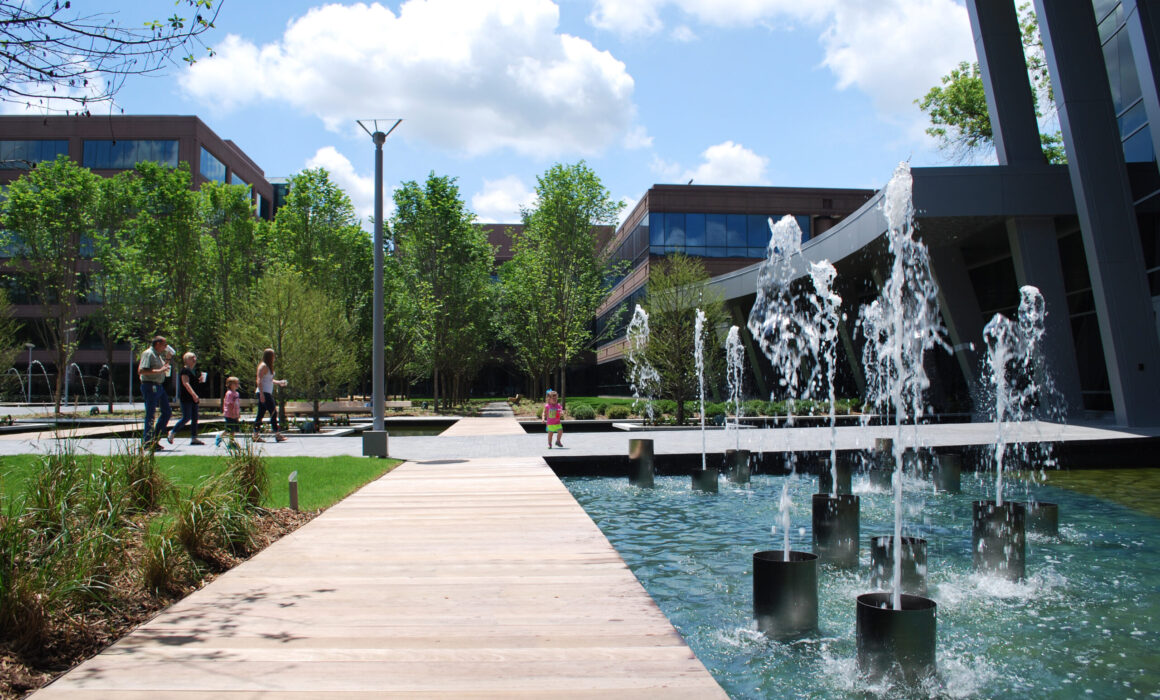The Role of Water Features in Promoting Wellness and Relaxation in Urban Environments
In our increasingly urbanized world, bustling cityscapes often leave little room for respite and reflection. Amidst the concrete and steel, water features have emerged as transformative elements that bring tranquility and foster wellness in urban environments. By engaging the senses and reconnecting city dwellers with nature, these installations offer profound benefits for mental, emotional, and physical health.
The Connection Between Water and Human Well-Being
Water has a deeply rooted connection with human psychology. The biophilia hypothesis suggests that humans are inherently drawn to natural elements, including water, for comfort and relaxation. The gentle sound of running water, for example, can lower cortisol levels and reduce anxiety. Fountains, streams, and reflecting pools engage the senses, creating a sanctuary for individuals seeking peace amid city noise and chaos.
Creating Therapeutic Spaces with Water Features
Mindfulness practices benefit greatly from the presence of water. Meditation zones, urban plazas with bubbling fountains, and parks with cascading waterfalls all encourage individuals to pause and focus, cultivating mindfulness. The visual and auditory aspects of water features enhance meditative states, promoting clarity and stress relief. Many cities have invested in these spaces to help residents disconnect from digital distractions and reconnect with their surroundings.
Health Benefits Backed by Science
Research supports the connection between exposure to water features and improved health outcomes. Studies have linked proximity to water with reduced blood pressure, lower stress hormone levels, and elevated moods. Water elements can offer a stronger calming effect compared to other green features due to their dynamic nature, movement, and soundscapes. Walking by a flowing stream or resting by a fountain, even briefly, has been found to enhance mental clarity and focus.
Social Benefits and Community Building
Beyond individual wellness, water features play a crucial role in community interaction. They often serve as gathering points for diverse groups, bringing people together to socialize, exercise, or reflect collectively. Water installations in plazas and parks are used for group activities like yoga and community meetings, creating inclusive spaces that foster social cohesion.
Design Considerations for Maximizing Wellness
When creating urban water features, designers should prioritize accessibility, engagement, and sensory stimulation. Incorporating varied forms—such as interactive fountains that invite touch, reflective pools, and gentle cascades—can cater to different relaxation and engagement needs. Accessible pathways, seating, and integrated lighting extend the calming experience well into the evening, encouraging community use at different times of the day.
Challenges and Sustainability Concerns
While water features are invaluable for wellness, they must balance beauty with environmental responsibility. Designers can incorporate sustainable practices like recirculating water systems, eco-friendly filtration, and drought-resistant plants to minimize environmental impact. By addressing water conservation and energy efficiency, urban planners can ensure that these installations contribute to wellness without excessive resource consumption.
Water features offer more than aesthetic value; they are key to promoting wellness and relaxation in urban settings. As cities continue to grow and evolve, the integration of thoughtfully designed water elements can ensure that modern life remains balanced with nature’s calming presence. By focusing on both health benefits and sustainable practices, these features can transform urban areas into more inviting, restorative spaces for everyone. Reach out to SAI today to get started on your future water feature!



